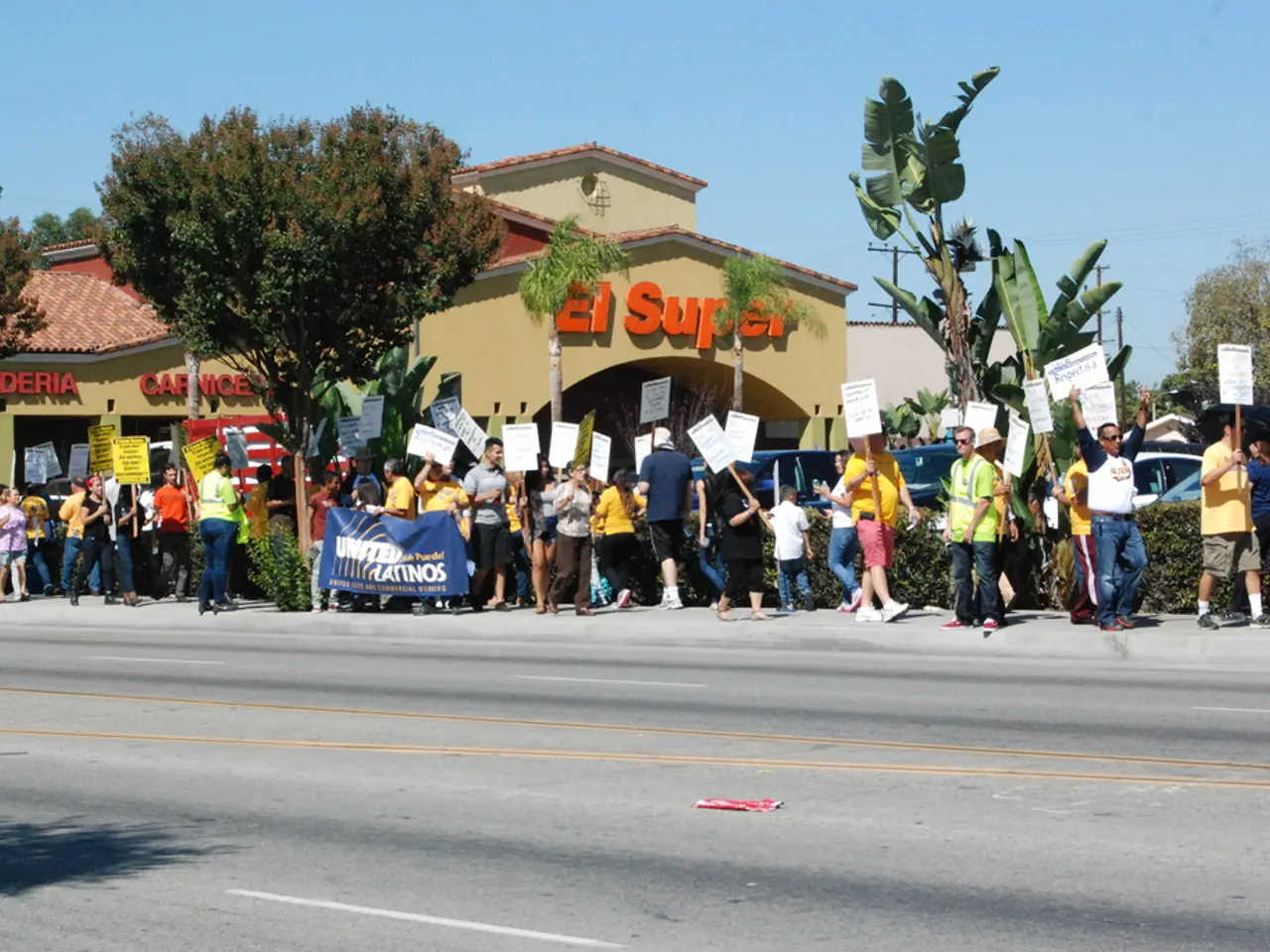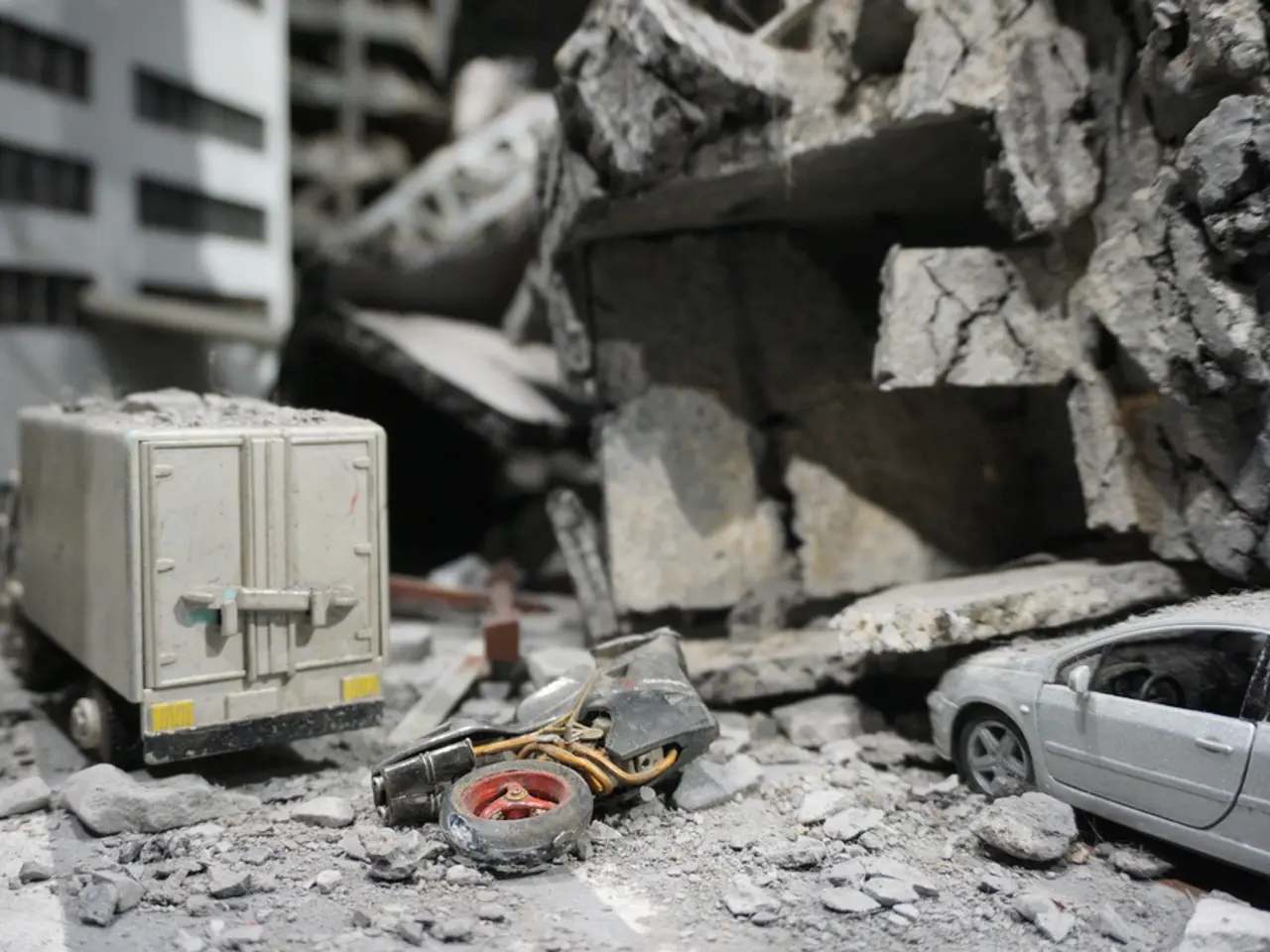Diocese of Orange in California Resolves Sexual Abuse Lawsuit for $3.5 Million
Diocese of Orange Settles Sex Abuse Lawsuit for $3.5 Million
The Diocese of Orange has agreed to settle a sex abuse lawsuit for $3.5 million, according to a formal announcement made before attorneys representing the plaintiff were scheduled to hold a news conference at the Christ Cathedral in Garden Grove.
The lawsuit was filed on behalf of a victim who claims to have been abused by Michael Harris, a former Orange priest. The events alleged in the case occurred more than four decades ago.
The Diocese of Orange's insurer will pay for the settlement funds. The diocese deeply regrets the harm caused by any and all incidents of abuse and is committed to ensuring the Diocese of today is safe for all.
Jarryd Gonzales, a Diocese of Orange spokesperson, stated that all parties agreed a pre-trial settlement was most beneficial. Gonzales said that the diocese has already established numerous protocols, including running comprehensive, fingerprint-based background checks on all clergy, employees, and volunteers through the Office of Child and Youth Protection.
The diocese is committed to preventing harm from ever occurring again and fostering healing and providing unwavering support for survivors. Harris once served as the vice principal of the diocese's Santa Ana school.
It is important to note that the Diocese of Orange in California has faced multiple sexual abuse allegations against clergy over the past decades, reflective of the broader crisis affecting many U.S. Catholic dioceses. While specific details about the Diocese of Orange's lawsuits and protective measures may not be readily available, this diocese has historically been included in investigations and lawsuits similar to other dioceses in California.
Throughout California and the U.S., sex abuse lawsuits typically center on allegations of clergy abusing minors or vulnerable individuals, often spanning decades, and are frequently accompanied by accusations that church authorities covered up abuse or failed to protect victims by allowing accused priests continued access to children.
In response to the crisis, dioceses have implemented various measures for protection and prevention, including releasing lists of clergy credibly accused of abuse, instituting comprehensive child protection policies and mandatory reporting protocols, establishing review boards with lay participation to oversee allegations, mandating training in abuse prevention for clergy, staff, volunteers, and parishioners, and cooperating with law enforcement and independent investigators in abuse inquiries.
The Diocese of Orange likely adopted many of these reforms after the mid-2000s, as part of a nationwide Catholic Church effort to address abuse issues more transparently and protect children, following the 2002 Boston Globe revelations and subsequent lawsuits.
For the most thorough and up-to-date information, consulting Diocese of Orange official disclosures, victim advocacy reports, and recent investigative journalism would be necessary.
In light of the agreed pre-trial settlement for a sex abuse lawsuit filed against the Diocese of Orange, there has been a renewed focus on general-news topics related to politics and crime-and-justice, given the ongoing concerns about abuse in the Catholic Church. This settlement adds to the string of lawsuits involving alleged abuse by clergy, a problem that has affected many U.S. Catholic dioceses over the past decades.








